Technological Advancements
Technological advancements play a crucial role in shaping the gift cards market, particularly through the integration of mobile and digital platforms. As of November 2025, mobile wallet usage has surged, with over 40% of consumers utilizing mobile payment solutions that include gift cards. This trend indicates a shift towards digital solutions, where consumers prefer the ease of managing and redeeming gift cards via their smartphones. The gift cards market is adapting to these technological changes by enhancing user experiences through mobile apps and online platforms, making it easier for consumers to purchase, send, and redeem gift cards. Additionally, advancements in security measures, such as blockchain technology, are likely to bolster consumer confidence in digital gift cards, further driving market growth.
Increased Consumer Adoption
The gift cards market is experiencing a notable surge in consumer adoption, driven by the convenience and flexibility that gift cards offer. As of 2025, approximately 60% of consumers in the US report having purchased a gift card in the past year, reflecting a growing trend towards digital and physical gift card options. This increase in adoption is particularly evident among younger demographics, who favor the ease of online shopping and gifting. The gift cards market benefits from this trend, as retailers expand their offerings to include a wider variety of gift card options, catering to diverse consumer preferences. Furthermore, the rise of e-commerce has facilitated the purchase of gift cards, allowing consumers to send gifts instantly, thereby enhancing the overall appeal of gift cards as a gifting solution.
Expansion of Retailer Offerings
The gift cards market is significantly influenced by the expansion of retailer offerings, as businesses increasingly recognize the potential of gift cards as a revenue stream. In 2025, it is estimated that the total value of gift cards sold in the US will exceed $160 billion, with a substantial portion attributed to new entrants in the market. Retailers are diversifying their gift card portfolios, introducing cards for various occasions and experiences, which enhances consumer choice. This expansion not only attracts new customers but also encourages repeat purchases, as consumers are drawn to the variety and convenience of gift cards. The gift cards market is thus poised for growth, as retailers leverage innovative marketing strategies to promote their gift card offerings, further solidifying their position in the competitive landscape.
Seasonal and Event-Driven Demand
The gift cards market experiences pronounced fluctuations in demand driven by seasonal and event-based occasions. Major holidays, such as Christmas and Mother's Day, account for a significant portion of annual gift card sales, with estimates suggesting that these events contribute to nearly 30% of total sales. Additionally, events like graduations and weddings further stimulate demand, as consumers seek convenient gifting solutions. The gift cards market capitalizes on these seasonal trends by launching targeted marketing campaigns and promotional offers, encouraging consumers to purchase gift cards for various occasions. This cyclical nature of demand not only boosts sales during peak seasons but also fosters brand loyalty, as consumers often return to purchase gift cards from their preferred retailers.
Gift Cards as Corporate Incentives
The gift cards market is increasingly recognized for its potential as a tool for corporate incentives and employee rewards. In 2025, it is projected that corporate spending on gift cards will account for approximately 15% of the total gift card sales in the US. Companies are leveraging gift cards to motivate employees, reward performance, and enhance employee satisfaction. This trend is particularly prevalent in industries where employee retention is critical, as gift cards provide a flexible and appreciated form of recognition. The gift cards market is thus benefiting from this corporate shift, as businesses seek innovative ways to engage and reward their workforce, leading to increased demand for bulk gift card purchases.


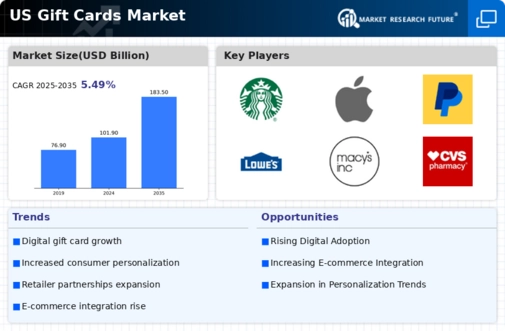


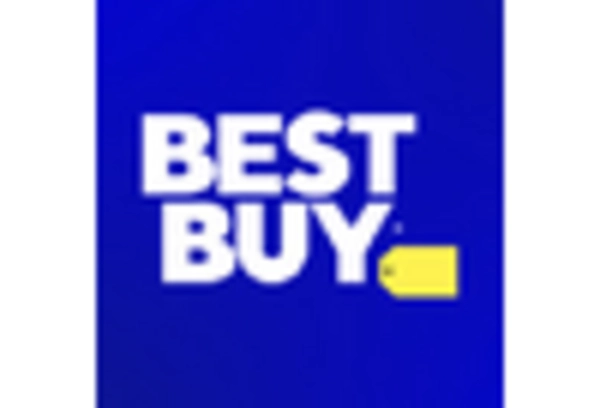
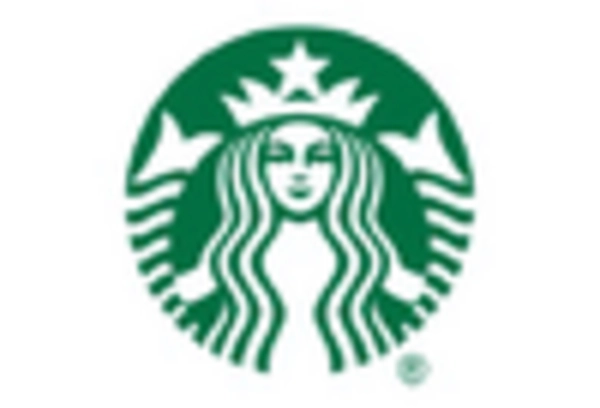
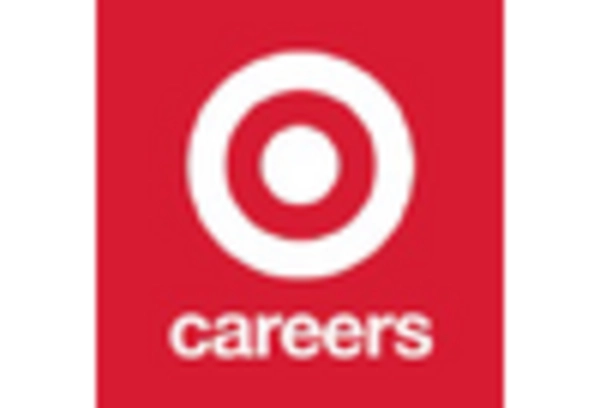
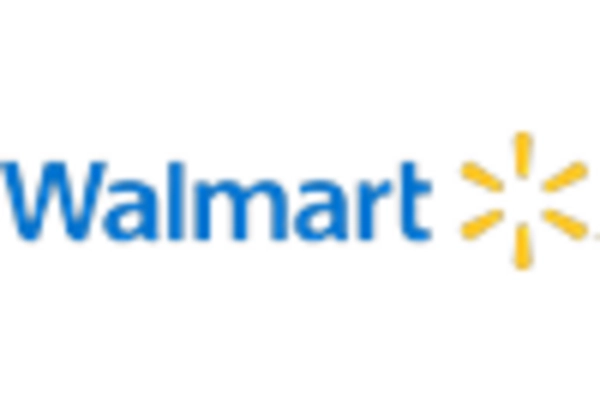








Leave a Comment